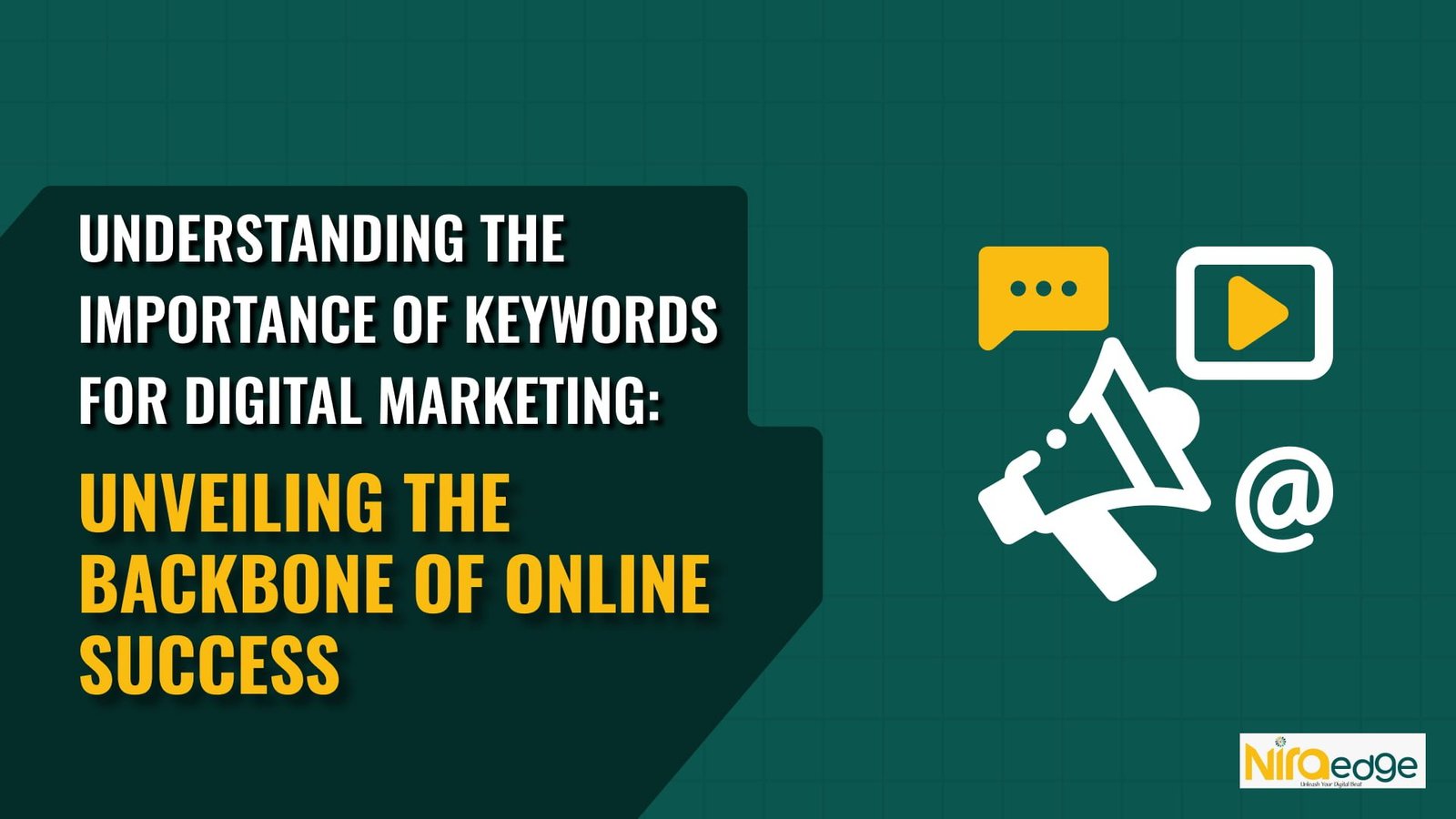
How to Successfully Utilise Negative Marketing Strategies
- Nira Edge
- August 13, 2023
- Blog, Business Tips, Digital Marketing, Marketing, Marketing Tips, Negative Marketing
- Business, digital marketing, Marketing, Negative Marketing
- 0 Comments
Negative marketing strategies might seem counterproductive at first glance, but when executed strategically, they can become powerful tools for attracting attention, sparking discussions, and enhancing customer loyalty. In this article, we’ll delve into leveraging negative marketing strategies effectively to drive brand awareness, engagement, and business growth.
1. Understanding Negative Marketing Strategy
A negative marketing strategy highlights flaws, controversies, or challenges associated with a product, service, or industry. The aim is not to undermine the brand but to spark curiosity and initiate conversations.
2. Identifying Strategic Opportunities
Pinpoint aspects within your industry that are frequently criticised or misunderstood. These pain points will serve as the foundation of your negative marketing approach.
3. Crafting Your Negative Message
Craft your message meticulously, focusing on the negatives while maintaining a creative and engaging tone. Balancing the message is key to capturing and retaining your audience’s attention.
4. Selecting the Right Platforms
Choose platforms where your target audience is most active. The proper channels can amplify your negative marketing impact, whether it’s social media, blogs, videos, or traditional media.
5. Eliciting Emotional Engagement
Connect with your audience on an emotional level. Tapping into their emotions, you can forge deeper connections and prompt meaningful interactions.
6. Monitoring and Responding to Feedback
Prepare for a range of reactions and feedback. Monitor responses closely and respond thoughtfully, addressing concerns and highlighting solutions.
7. Transforming Negativity into Positive Solutions
Shift the narrative from the negative aspect to the positive steps you take to address it. Showcase your commitment to innovation and improvement.
8. Measuring the Impact of Negative Marketing
Set quantifiable goals for your campaign, such as increased website traffic, engagement, or conversions. Use analytics tools to track your progress.
9. Maintaining Authenticity and Transparency
Throughout the campaign, maintain transparency and remain true to your brand’s values. This approach fosters trust and understanding among your audience.
10. Case Studies: Successful Negative Marketing Campaigns
Examine successful instances where brands used negative marketing to their advantage. Learn from their strategies and outcomes to refine your approach.
Conclusion
Utilising negative marketing strategies effectively demands a strategic approach that balances creativity, authenticity, and clear intent. When executed thoughtfully, these strategies can captivate your audience’s attention, foster engagement, and demonstrate your brand’s willingness to confront challenges head-on. Remember, the goal is not to dwell on negativity but to channel it as a catalyst for positive change and brand growth.
FAQs
Marketing automation can benefit businesses of all sizes; small ones can mainly utilise this tool to streamline operations and compete effectively in today's marketplace.
Marketing automation strengthens customer relationships by providing relevant, timely content addressing customers' needs and preferences.
Marketing automation makes personalisation possible: tailor messages based on customer behavior, preferences and demographics.
Effective management of automation tools requires proficiency in data analysis, content creation and understanding customer behavior - these are invaluable attributes of successful management of automated tools.
While automation handles repetitive tasks, human intervention is necessary for strategic decision-making, content creation, and maintaining a personal touch.
Related Posts

- Nira Edge
- August 5, 2023
How to Calculate the ROI of Successful SEO Campaigns: A Comprehensive Guide
Search engine optimization (SEO) has become a cornerstone of successful online marketing strate ..

- Nira Edge
- June 20, 2023
The Ultimate Guide to Boosting Your Website Traffic and Outranking Competitors
Introduction In today’s competitive online landscape, businesses are constantly seeking e ..








Leave A Comment